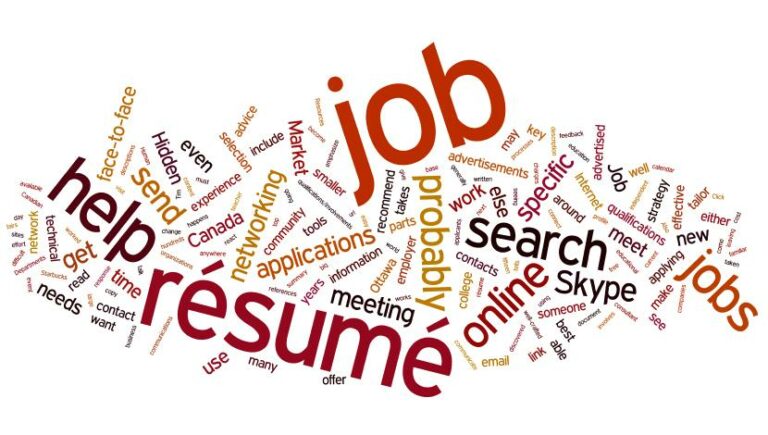Top Candidates do not equal Top Employees!
 Your new hire sailed through the interview process. He “wowed” HR, hit it off with the department manager and–based on his stellar resume–is more than qualified for the position.
Your new hire sailed through the interview process. He “wowed” HR, hit it off with the department manager and–based on his stellar resume–is more than qualified for the position.
So why is he failing on the job?
It could be because he’s a great interviewee–but not a high performer. In fact, there is very little correlation between a candidate’s interviewing skills and his ability to become an outstanding employee.
Some hiring processes fail at distinguishing between those who interview well and those who will actually perform well on the job. This leads to two problems:
- Candidates who interview well are hired and then underperform on the job (like in the example above).
- Candidates who are high performers get passed over, simply because they don’t interview all that well.
Simply put, top candidates don’t necessarily equal top employees. So how can you tell if your potential new hire actually has the “right stuff” to become a great employee? You need to do these three things:
- Understand the qualities of someone who interviews well
Good interviewees are:
- Adept at creating a positive first impression
- Polished and professional in appearance
- Articulate
- Enthusiastic
- Affable
- Prepared
- On time
- Assertive
- Inquisitive
- Poised
- Confident
- Understand the qualities of a top performing employee
The traits of a top employee are (in many cases) completely different from the traits of someone who simply interviews well. Top employees are:
- Extremely competent and highly motivated to do their best work.
- Effective working with, motivating and managing other people.
- Courageous enough to take initiative and implement change.
- Strong in the face of adversity and tough challenges.
- Great at problem solving and decision making.
- Committed to goals and deadlines.
- Full of growth potential.
- Able to keep their egos in check.
- Know how to tell the difference
Well-versed interviewees make great presentations, but presentations do not always correlate with top performance.
The reverse is true, too–great employees don’t always interview well. They are usually more discriminating, less eager to please and unwilling to waste time–characteristics that don’t necessarily make the best first impressions.
So how do you identify top performers–and weed out “wannabes?” Use these tips:
Attract better prospects
- Never assume that top employees will find you. They already have great jobs! It is highly unlikely that they will be actively looking at the same time you have an opening. You must have the capabilities to locate and engage them.
- Build your employer brand. It is human nature to want to work at well-known, respected firms. Therefore, if top-performing employees don’t know that you are a well-managed company that’s a great place to work, you will never be considered.
- Proactively build a pipeline. Top employees usually do not accept job offers out of the blue from strangers. Take the time to develop candidate relationships built on trust and mutual respect; then when the opportunity arises, approach them with job possibilities.
- Make your job descriptions more compelling and do not simply focus on skills. When writing a job description, knowing the requirements–the goals–of the job is important. What are the challenges and hurdles? What does success look like? Top employees become interested in positions because of the work they will do, not because of the absolute and finite skills they possess.
- Make the application process less tedious. Top employees are busy and have little time (or patience) to undergo an arduous application process. If you make them jump through hoops, they may delay starting the application process or never apply at all.
Improve your evaluation process
- Hone your interviewing process–and your interviewers’ skills. Asking open-ended questions about experiences and accomplishments does not help gauge a candidate’s track record, depth of experience, job-related competencies, cultural fit, etc. For the most part, these types of questions only assess the candidate’s storytelling abilities.
Teach interviewers how to develop behavioral questions that break through a candidate’s interviewing facade and evaluate actual job performance. To lessen the bias caused by first impressions, require interviewers to cite specific candidate statements that back up their evaluations and/or conclusions. Train them to support their ratings with examples–rather than opinions, impressions, or hunches.
- Be ready to act. Top employees do not stay job candidates for long. If your hiring process is too slow or lengthy, competition can creep in. Interest levels can wane. Impatience can increase. And you may wind up losing candidates.
Critically examine your entire process–from the moment a candidate contacts your company through onboarding–identifying and eliminating process bottlenecks that cause delays.
- Make the initial offer viable. A high performer wants a better job–plain and simple. And while it’s not the only consideration, the salary you offer is the primary way he evaluates how “great” your job is–and how much you value him as a potential employee. If what you offer is not superior to his current pay, expect him to reject the offer will.
The best interviewees don’t always make the best employees. To consistently attract and hire great people, you must learn how to tell the difference between the two. So train your interviewers to evaluate performance–not likeability. Refine your branding and recruiting to attract higher caliber candidates. Streamline your hiring process to keep the best prospects interested in your company. And offer them what they’re worth. Do these things and you’ll hire top employees, every time.







